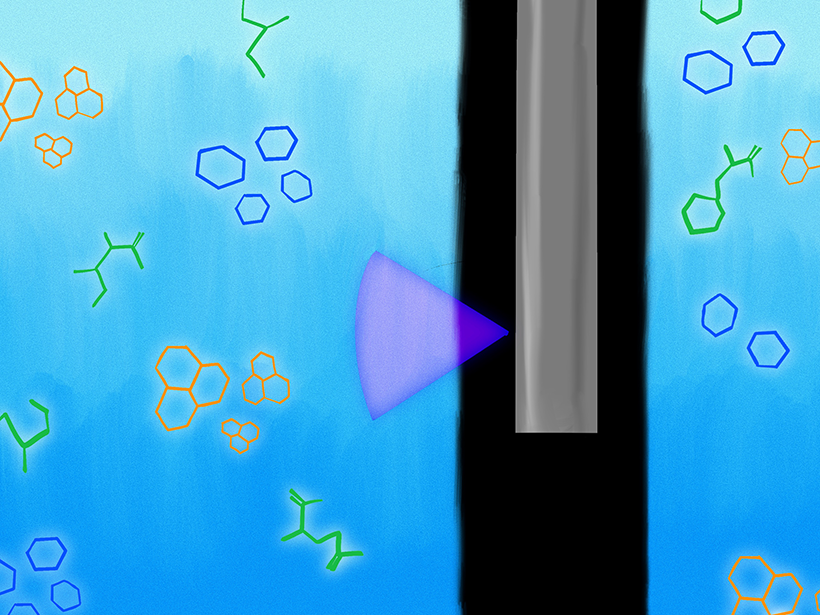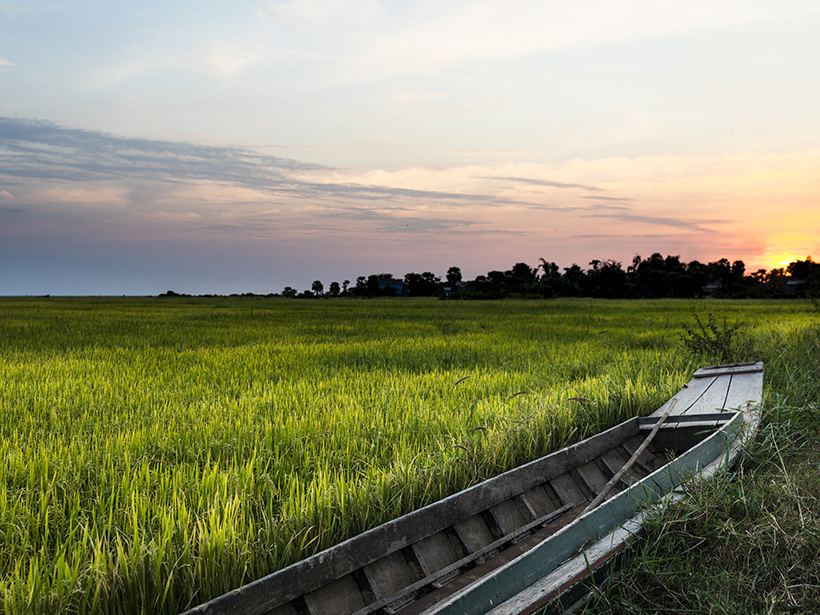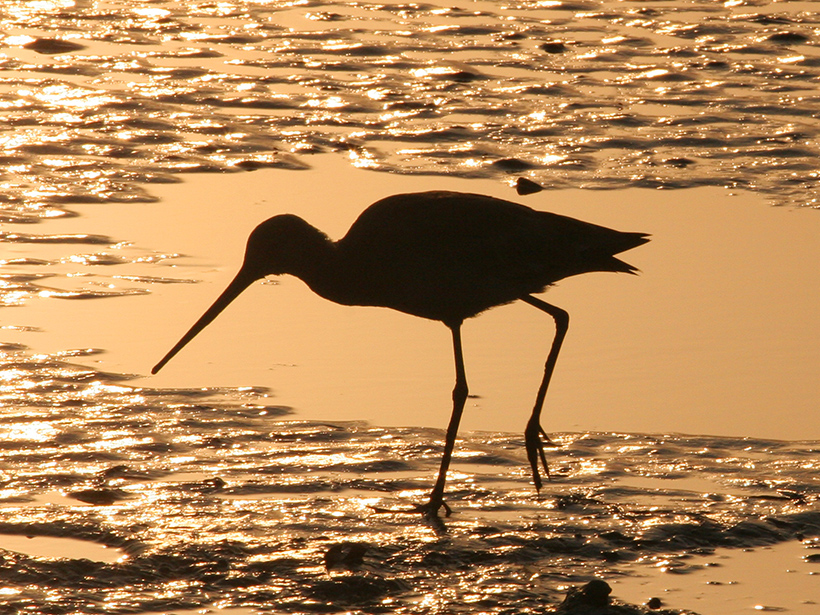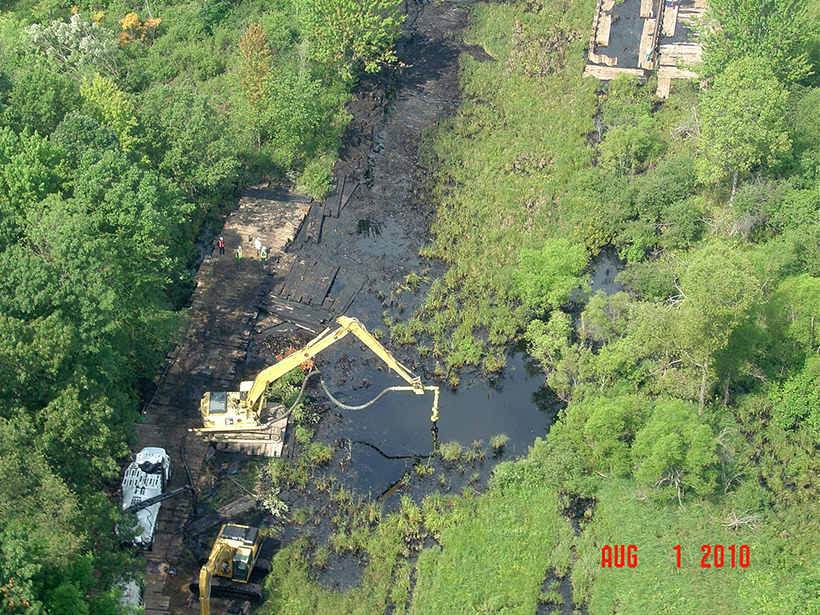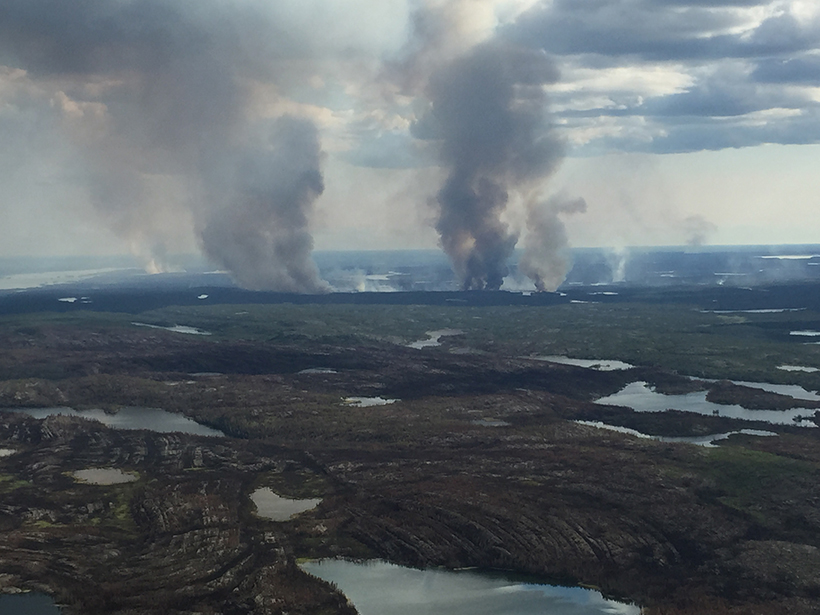An instrument called WATSON can help find biosignatures on icy ocean worlds.
News
Can Volcano Forecasting Make Visiting Whakaari Safe Again?
Last year’s explosive eruption at the New Zealand volcano tragically took tourists by surprise.
Using Food to Tell the Climate Change Story
Discussing the impact of climate change on food is an effective way to spark interest in the science of climate change and how to mitigate associated problems.
Contamination of Medicinal Plants: Implications for Indigenous Health
A new study will trace the legacy of uranium mining on commercially available medicinal plants.
Will Rising Temperatures Make Rice Too Toxic?
Greenhouse experiments reveal how higher temperatures act to elevate arsenic levels in rice and may help focus efforts to solve a crisis threatening food systems around the world.
When Cyclones and Conflicts Collide
New research might identify communities vulnerable to political violence in the aftermath of natural disasters.
Human Activity Makes India’s Coastlines More Vulnerable
Researchers propose the creation of an anthropogenic vulnerability index to help guide conservation policy decisions.
El Oleoducto Keystone Derrama 9,120 Barriles de Petróleo en los Humedales de Dakota
La fuga tuvo lugar en una sección pre-existente del oleoducto Keystone. Este es el cuarto derrame del oleoducto en 9 años.
Feedback Loops of Fire Activity and Climate Change in Canada
New research documents how a warming climate contributes to patterns in wildfire severity and frequency and how the fires contribute to climate change.
Lyme Disease and the Dangers of the Forest Edge
Living near a forest edge may be an important risk factor for Lyme disease; these liminal spaces provide the perfect habitat for one of the black-legged tick’s favorite hosts.

